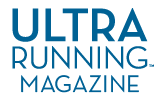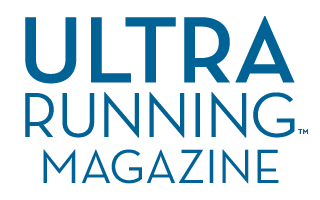“This is the best community in the world.” These were the words of John Trent right before the start of the Western States Endurance Run in 2019. The ultrarunning community has often been the subject of this column over the years, and it’s no secret how important it is to our sport. We witness athletes achieve greatness running 100 miles or more. We bond with one another at aid stations, under starry skies or through miles of training. And we see others give their time and energy so that runners have a chance at finishing their race. Yes, this is truly one of the best communities in the world.
Just being there is the single most important thing you can do.
One of the most exciting positions to have during a race is being part of a crew or pacing a runner. Making the decision to crew can be a tough one, especially if you’ve never done it before, but it’s the best and fastest way to get involved with the ultrarunning community. Traveling from aid station to aid station to support a runner can seem like a lot. From waking up early for the race start to traveling along treacherous backroads throughout the day (and night) to meet your runner, some will say it’s harder than running the race. But the benefits are priceless. There will never be another time when you’re the beacon on someone’s radar like you are during a race, because they’ve been running for miles, waiting to see you and get a little TLC before venturing back off into the unknown. You might think your help with refueling and changing socks is the most important thing you’ll do out there, but really, it’s your presence that matters the most. Just being there is the single most important thing you can do.
Pacers are like a running crew member. Just the thought of having someone to run with can be such a huge boost during the later miles of a race—it can often mean the difference between a finish and a DNF. While fresh legs on a pacer can keep the weary runner moving forward, it just feels good knowing someone is there to talk to (or listen to) when you’ve been on your feet for 15 or 20 hours. Nothing beats those crazy conversations in the middle of the night, when the bobbing glow of headlamps is the only proof anyone is still on the course.
In this issue, columnists give their very best stories of the ultrarunning community. Ellie Greenwood profiles the unique relationship between Annie Hughes and Olga King, two incredibly talented women who became fast friends, on page 12. Buzz Burrell writes about the inherent kindness in our community on page 19. Jeffrey Stern takes on a new role as race director and discovers the unexpected benefits of the position on page 21. And Lucy Bartholomew finds community in the most remote place, on page 70.
Whether you’re a race director, volunteer, crew member or pacer, you’re probably aware that ultrarunning is a unique sport with dedicated, determined and grateful runners. The gratitude seems to permeate throughout the community and into the hearts of those who are new to the sport. This phenomenon keeps our community growing ever so steadily and will continue to do so as long as we keep doing what we’re doing.



